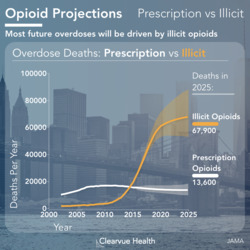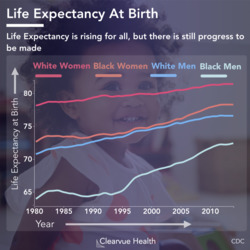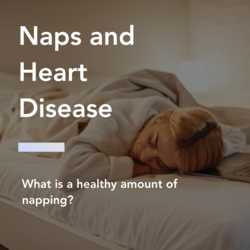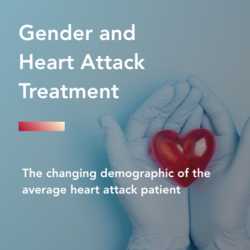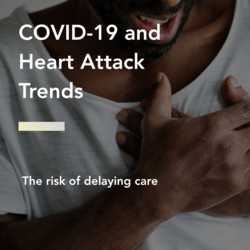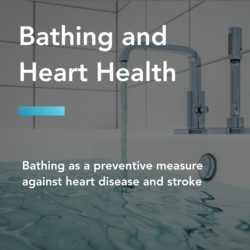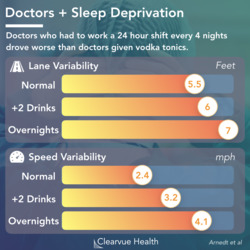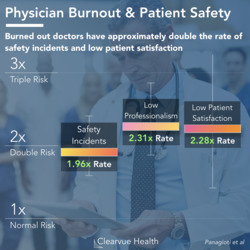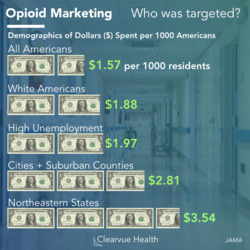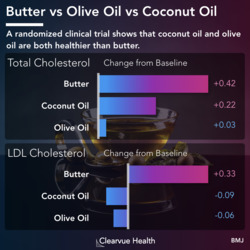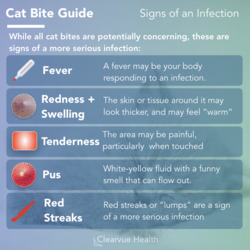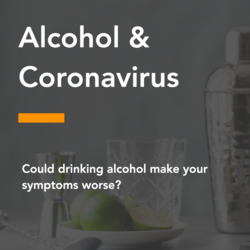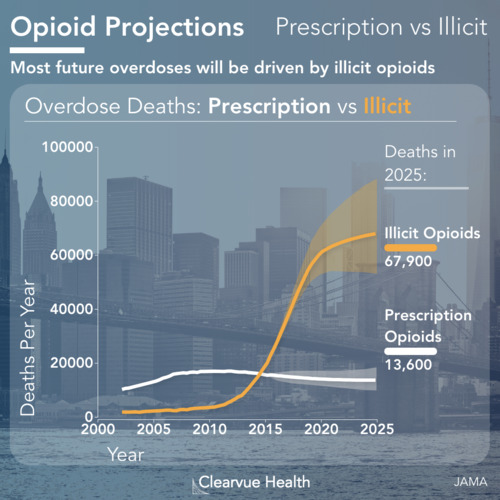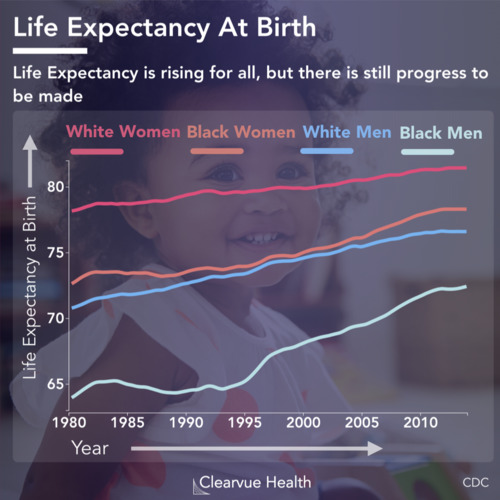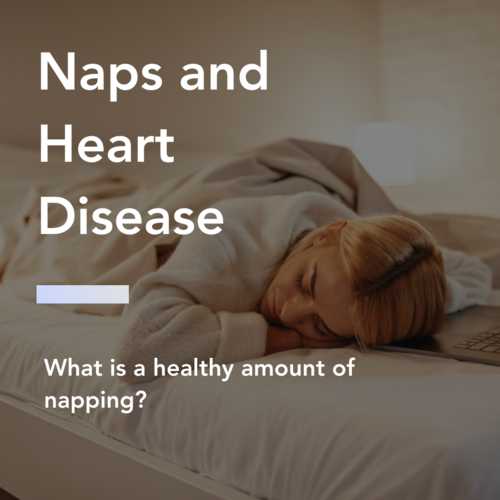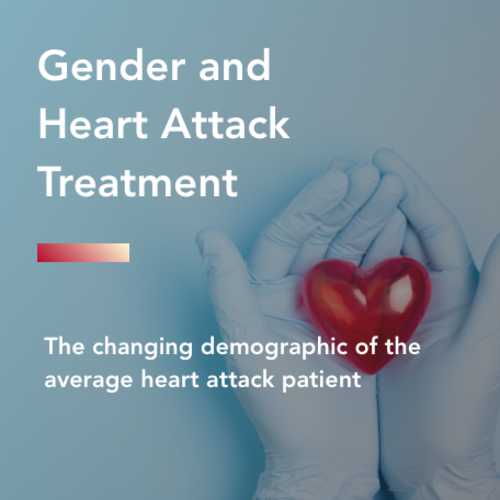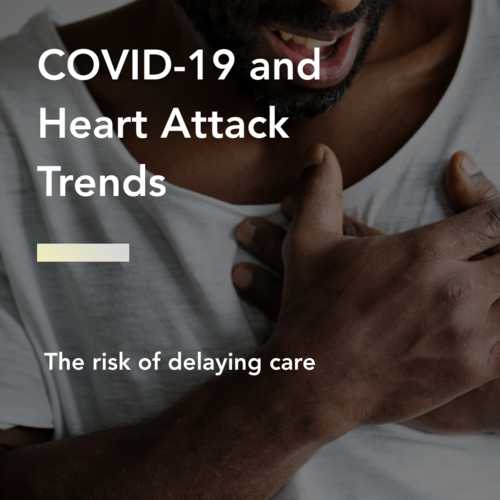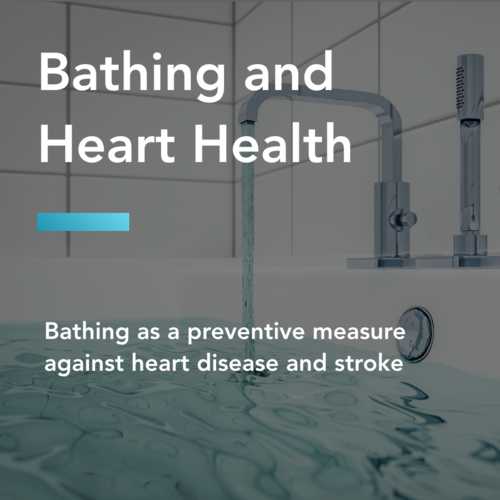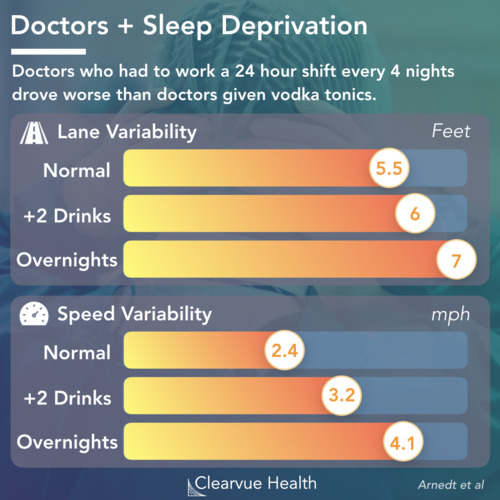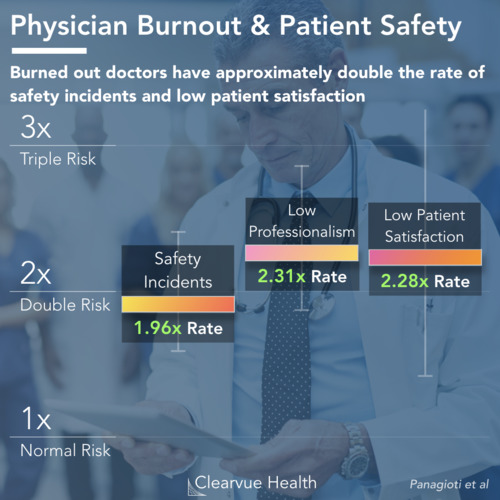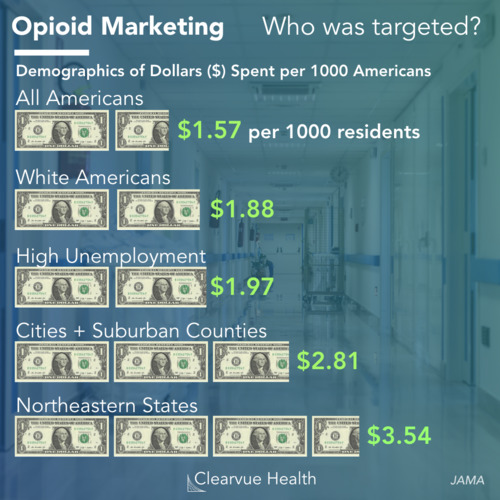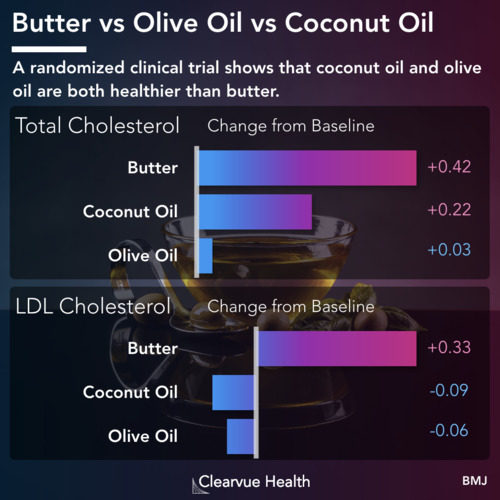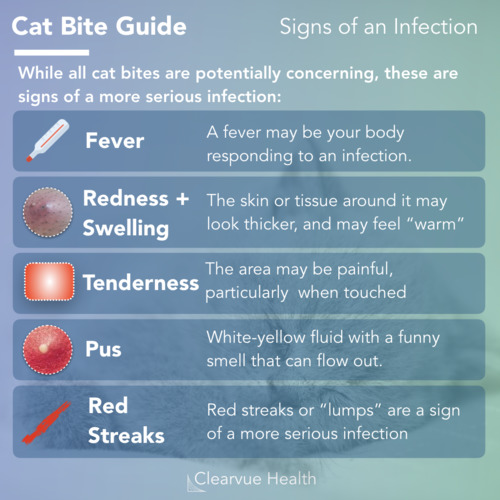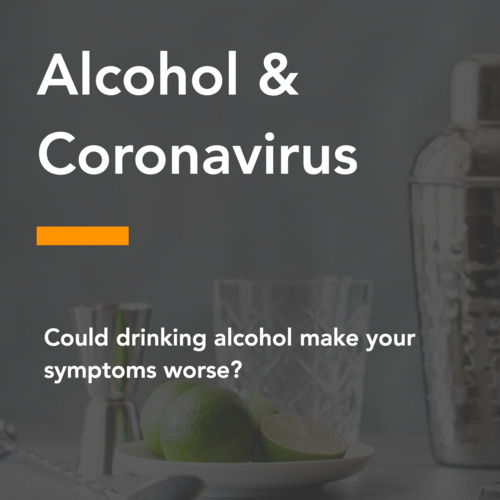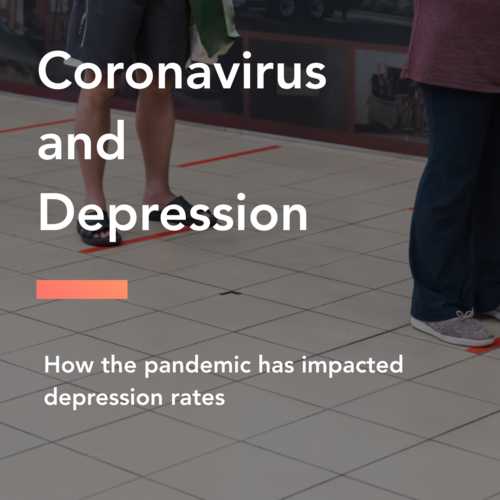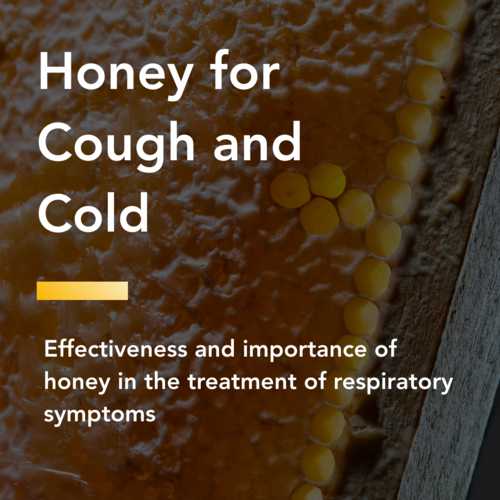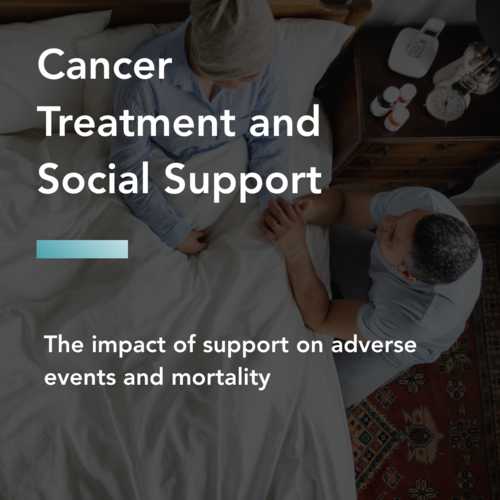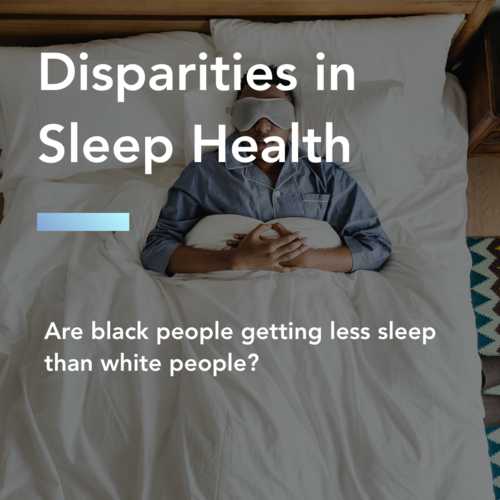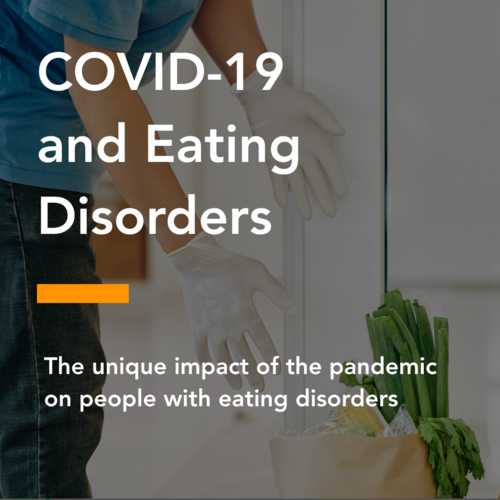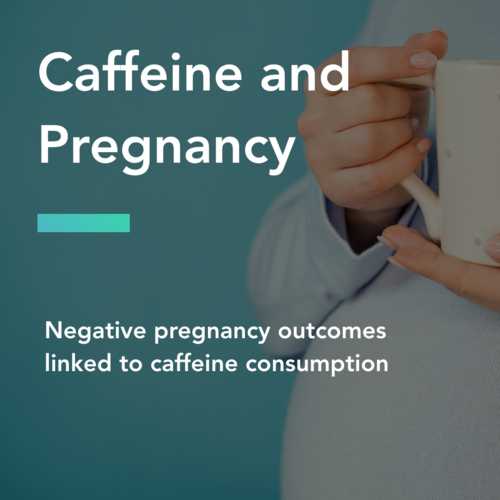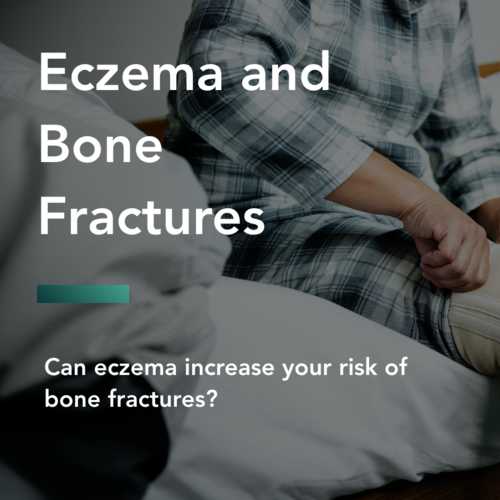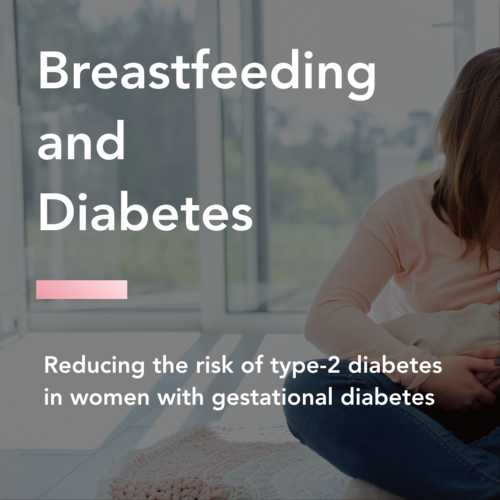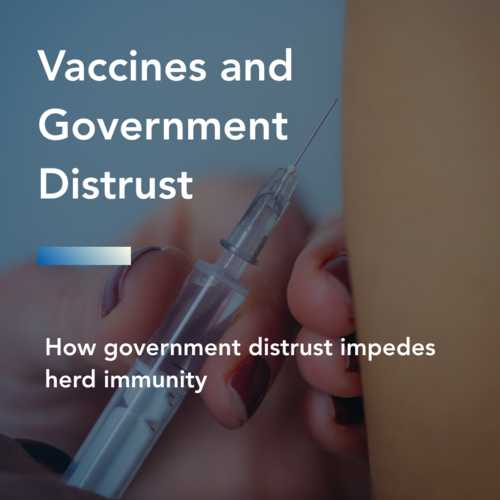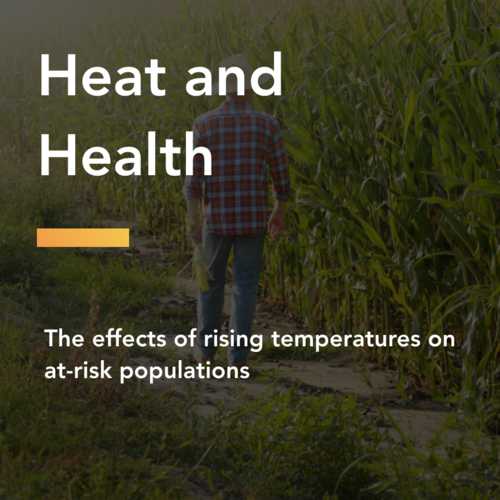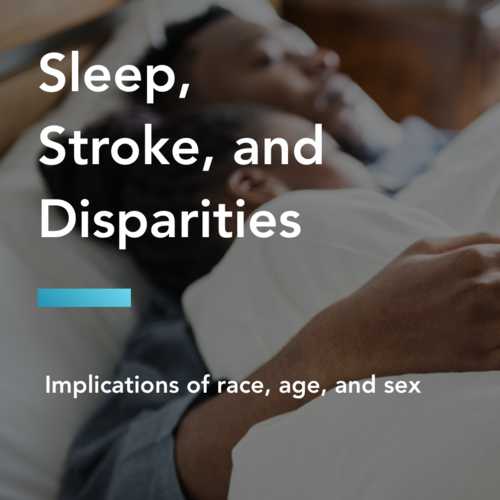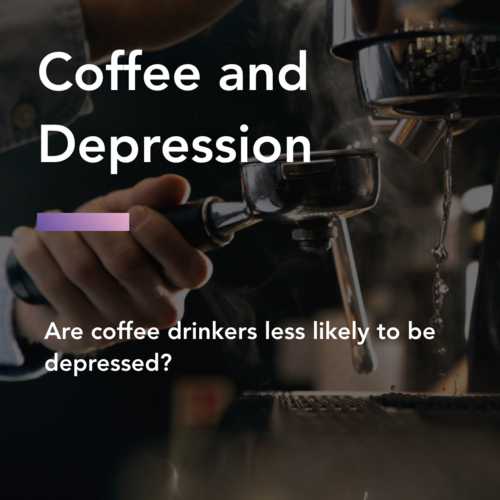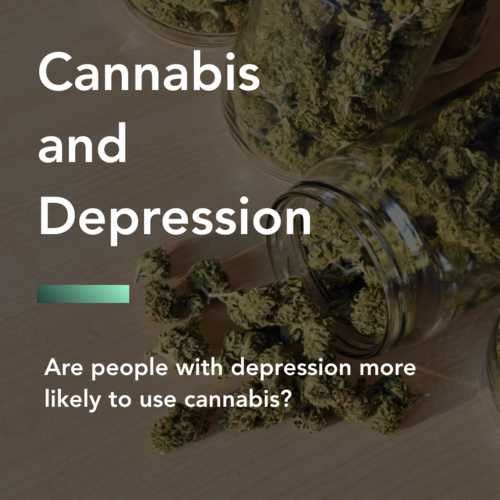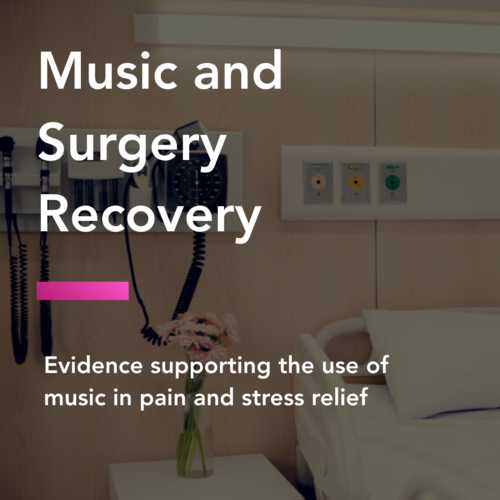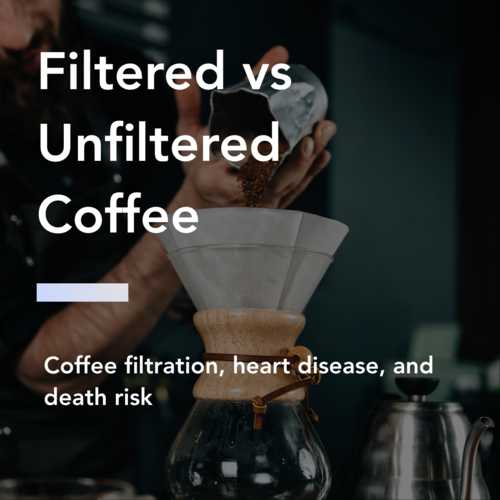Heart Attack Mortality Trends
The basics of heart attack treatment have not changed much. We face similar challenges today as we did 20 years ago. Our tools remain fundamentally similar.
A new study examining trends in heart attack survival has shown that doctors have gotten better at applying these tools and the latest research.
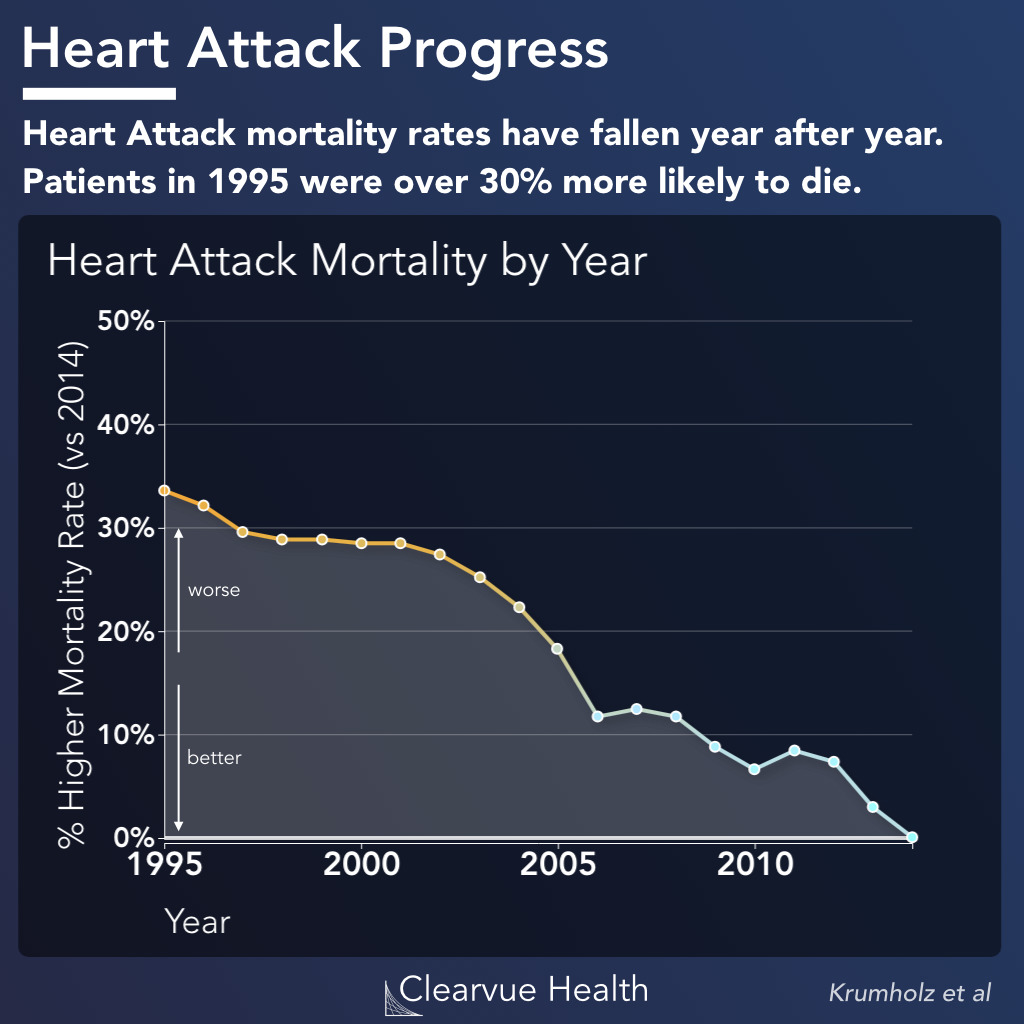
Since 1995, heart attack rates have fallen nearly every year, and have continued to fall up until 2014, the last year studied. This trend appears to be roughly linear, and does not look like it's slowing down suggesting that survival rates may be even better today than they were in 2014.
Source: Twenty-Year Trends in Outcomes for Older Adults With Acute Myocardial Infarction in the United States
Mortality Rates and Readmission Rates
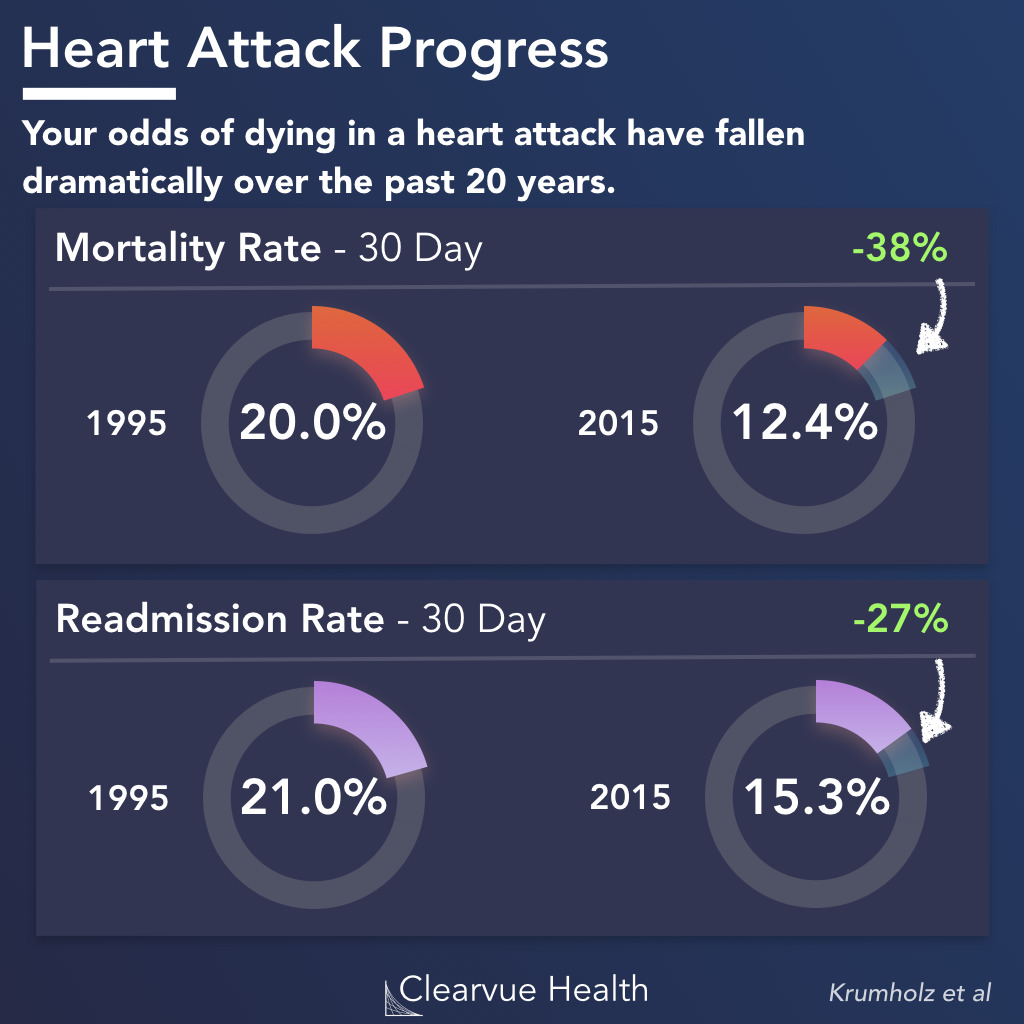
Comparing 1995 to 2014, 30 day mortality rates have fallen from 20% to 12.4%.
Similarly, 30 day readmission rates have fallen from 21% to 15.3%.
30 day readmission rates reflect how well hospitals treat patients, and how well they prepare patients for their recovery after they leave the hospital. If a patient leaves the hospital and then gets sick or passes away soon after, this is of course seen as a poor outcome for the patient and the hospital.
Hospital Mortality Rate Distribution
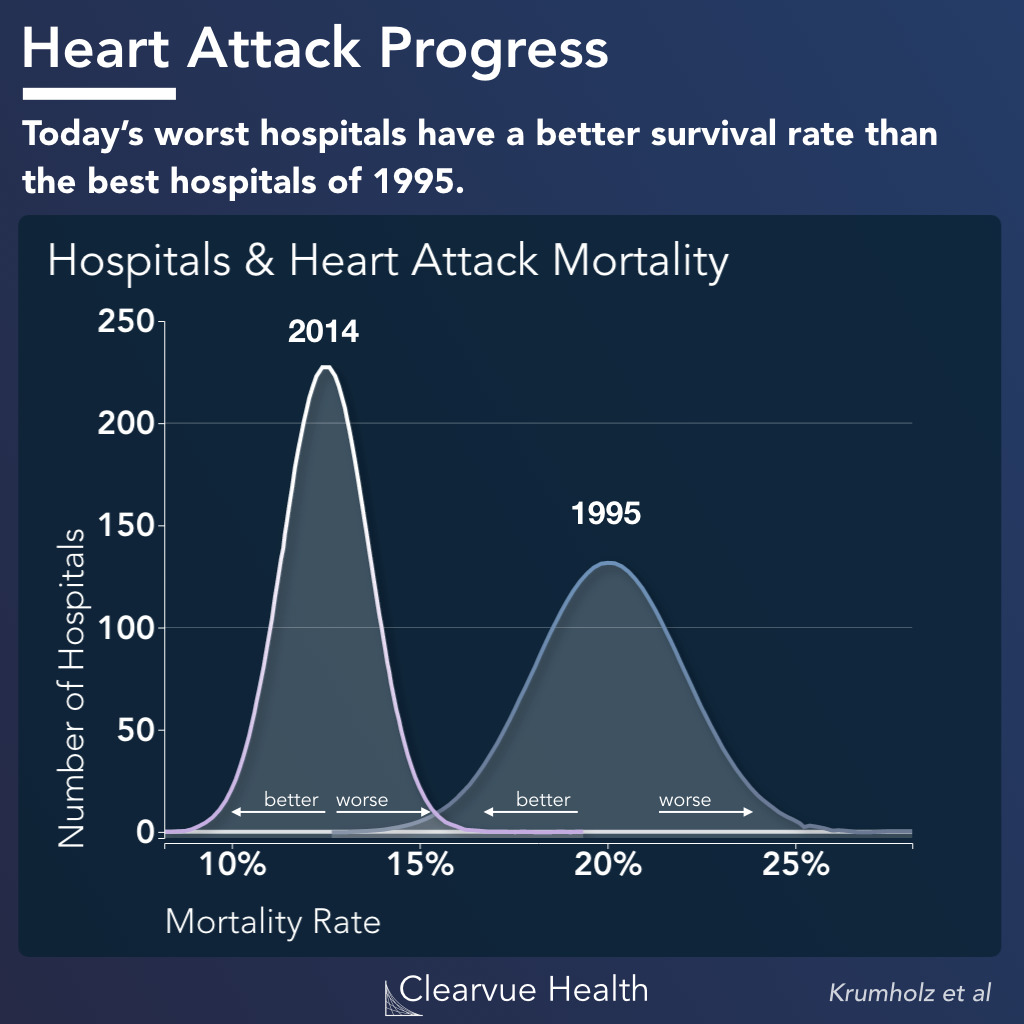
On a hospital-level, researchers found that the worst hospitals today have a better heart attack survival rate than the best hospitals of 1995. This shows just how far we've come in terms of our ability to treat heart attacks.
Researchers plotted the distribution of mortality rates for each hospital and modeled a bell curve for 1995 and for 2014.
As you can see above, the curve for 1995 is also much wider than 2014. This shows that hospitals in 1995 had much greater variability in mortality rates. The mortality rate for the best hospitals, 15%, was much lower than those of the worst hospitals at around 25%. This suggests that back in 1995, your odds of surviving a heart attack was greatly determined by where your ambulance took you.
Today, most hospitals fall within a much tighter band of 10% and 15%, suggesting that as a healthcare system, we've become better at consistently applying best practices.
Methods
Researchers at Yale examined data from 4,367,485 Medicare patients who were hospitalized between 1995 and 2014. Medicare in the United States covers individuals who are 65 and older or have a severe disability.
This nationwide system provides a treasure trove of great data on healthcare outcomes and costs.
Researchers looked at patients who went to the hospital for a heart attack, and calculated their 30 day mortality rates and their 30 day readmission rates.
Often, a patient can survive the first day of a heart attack incident, but then pass away soon after, even after discharge from the hospital. This of course is not an ideal outcome. By counting 30 day mortality rates, we can see whether hospitals can patch patients up well enough to go home and survive without returning to the hospital in the short term.



